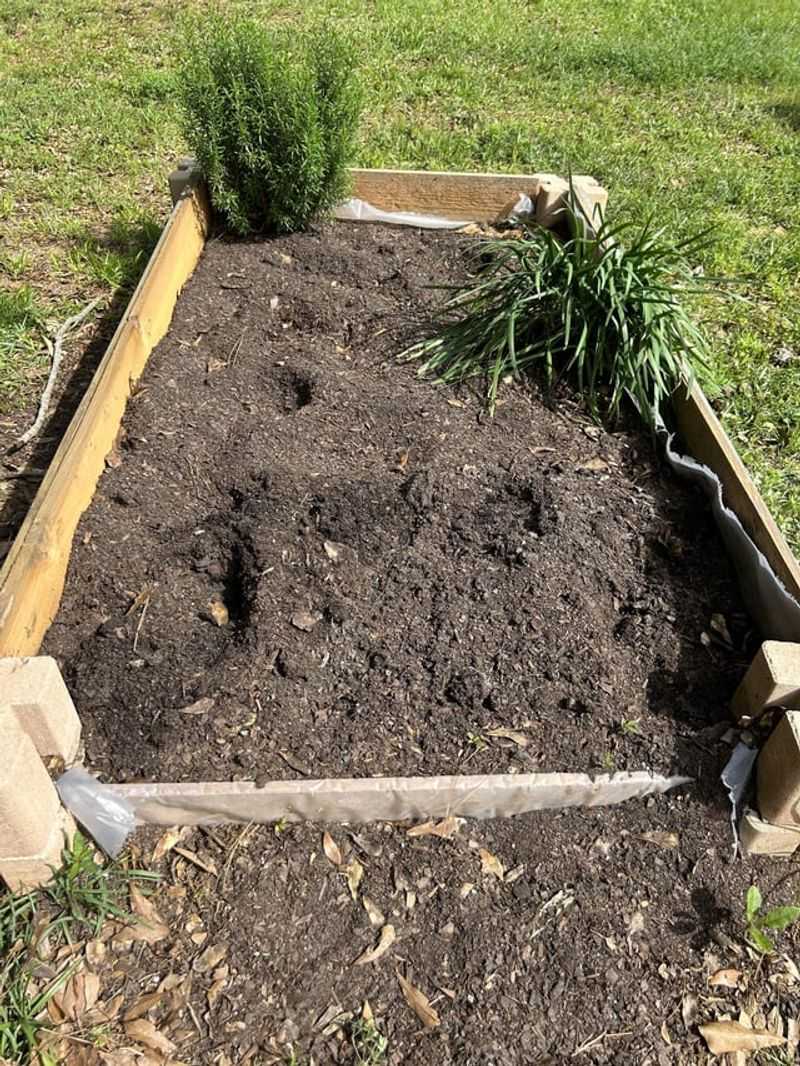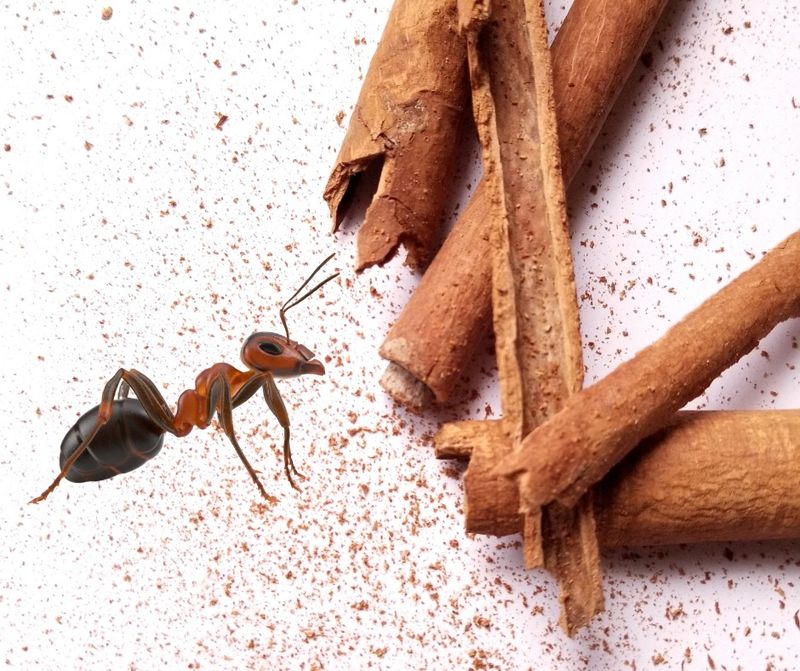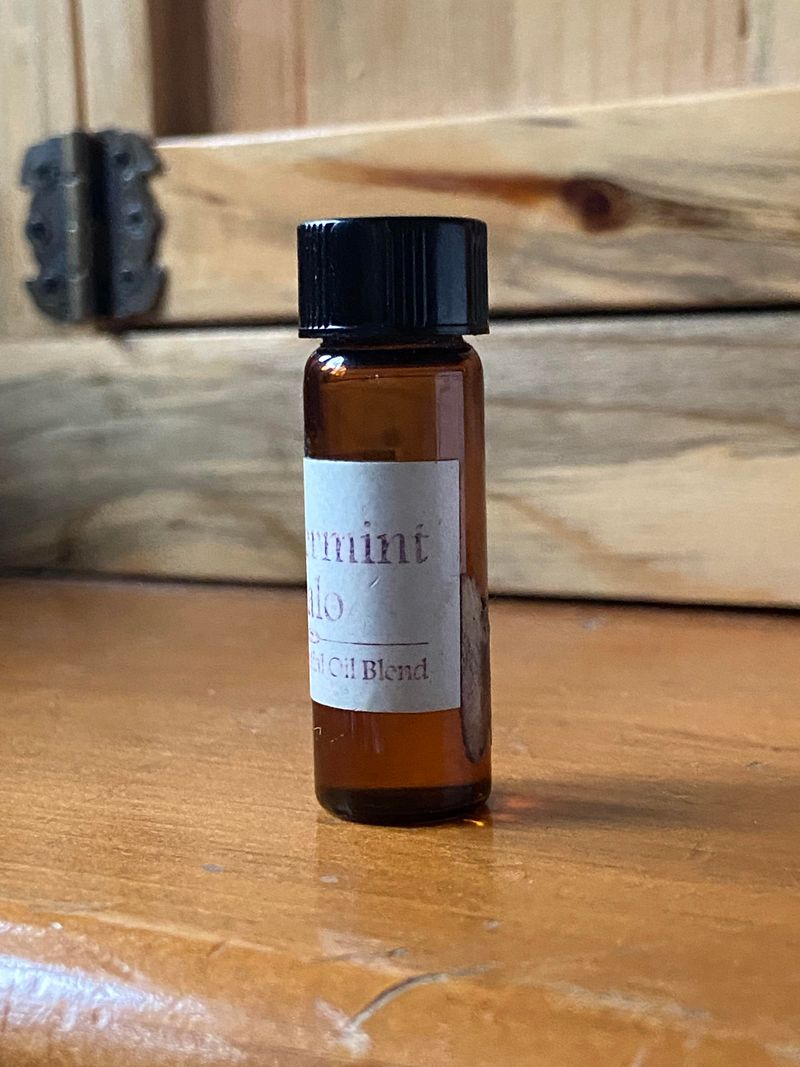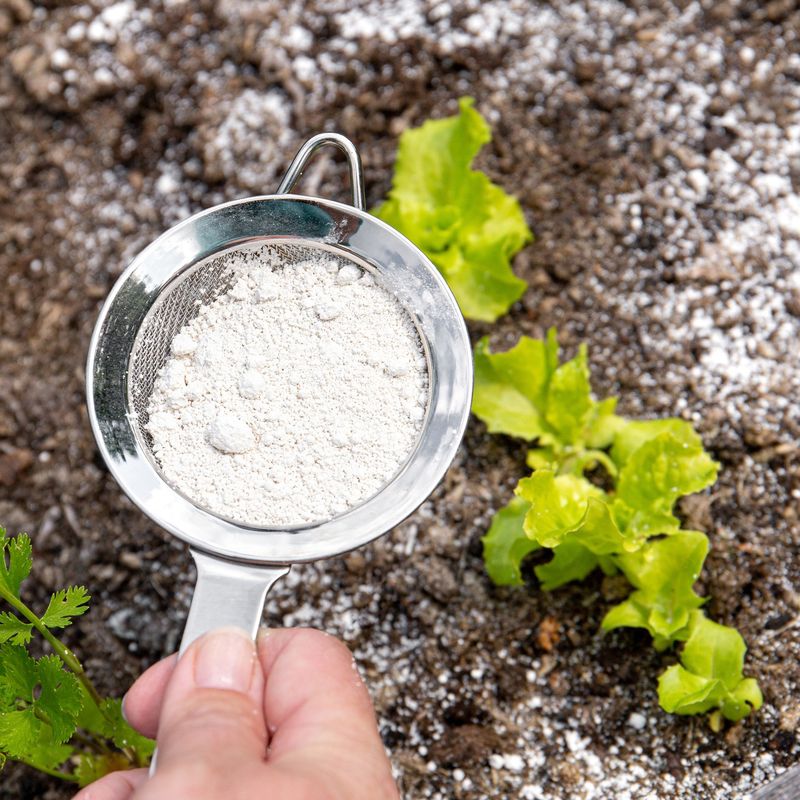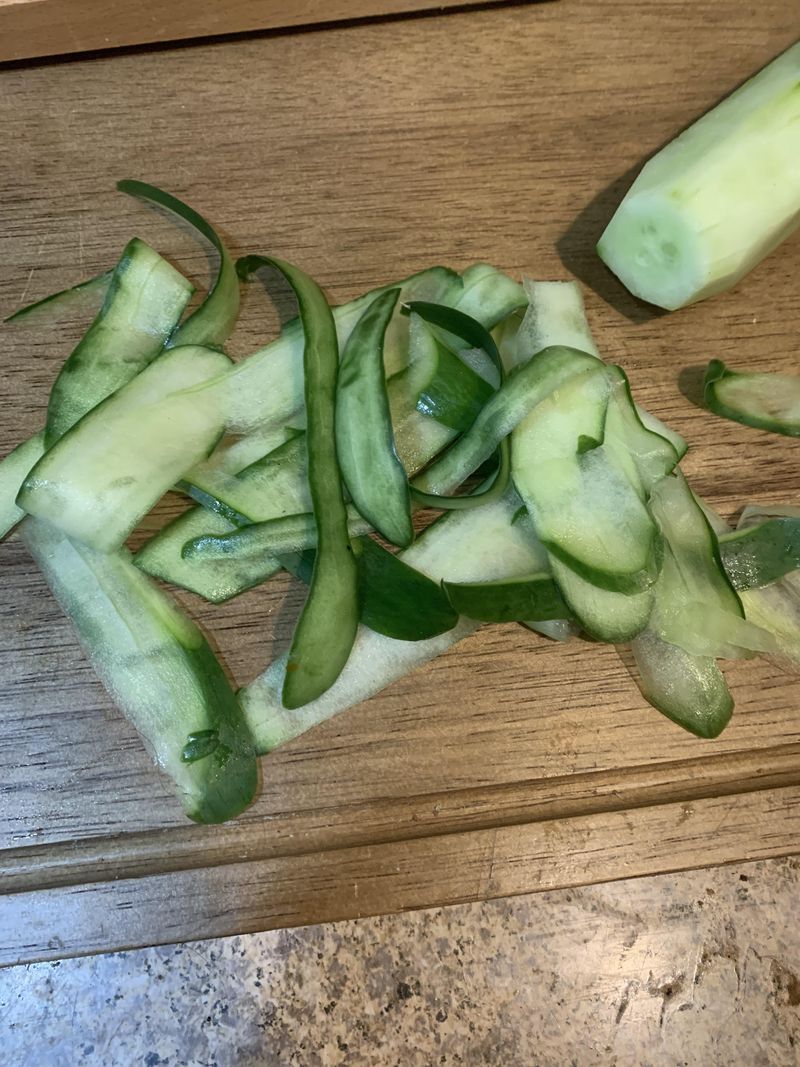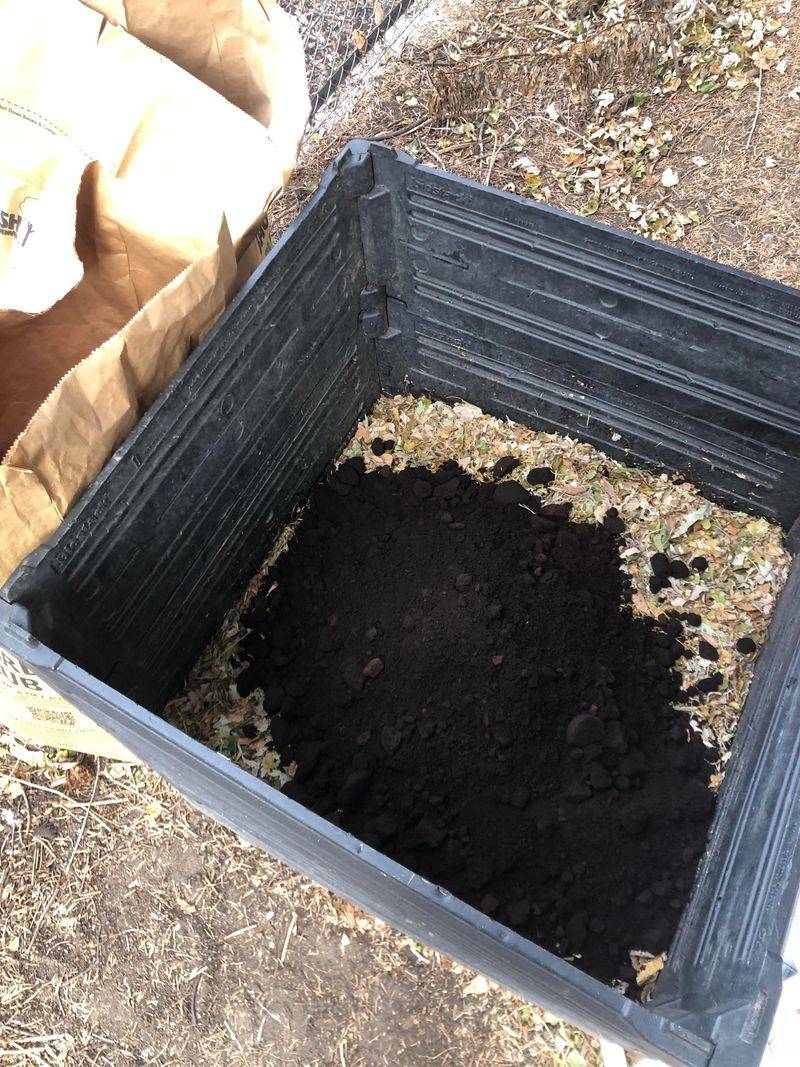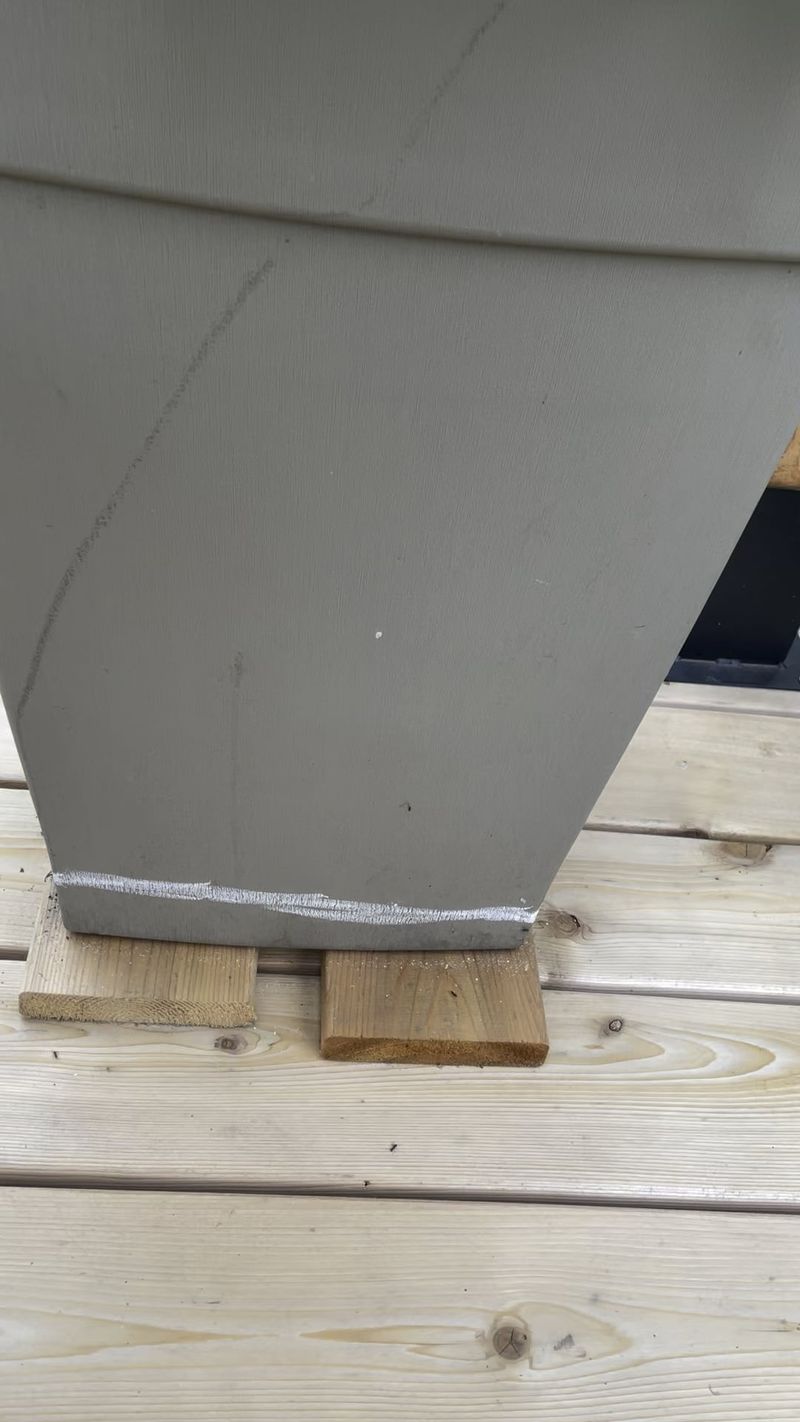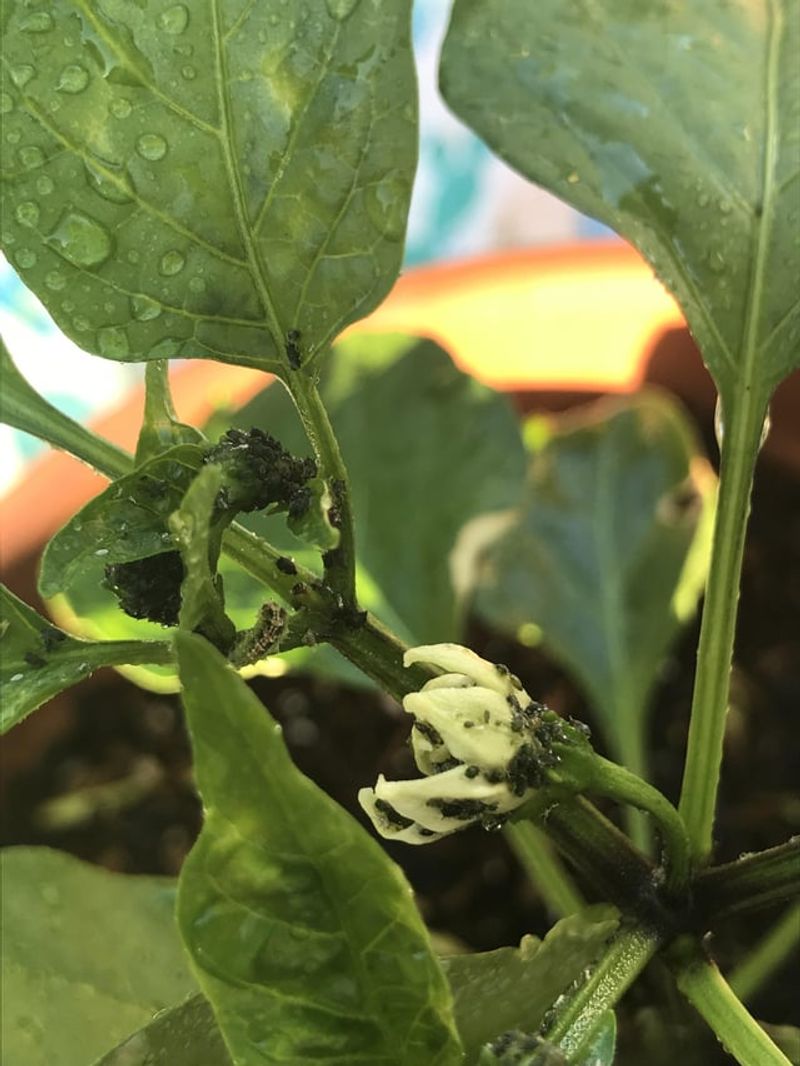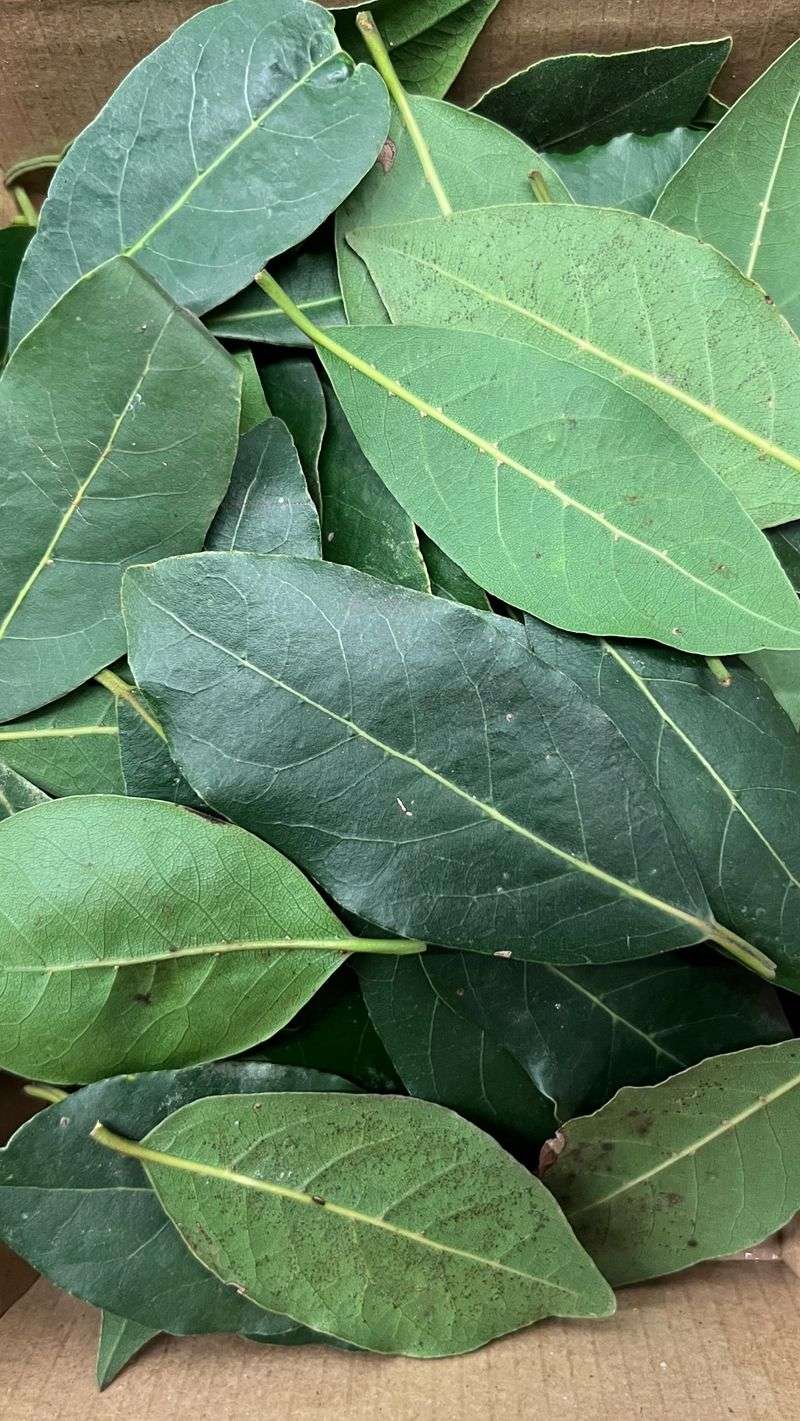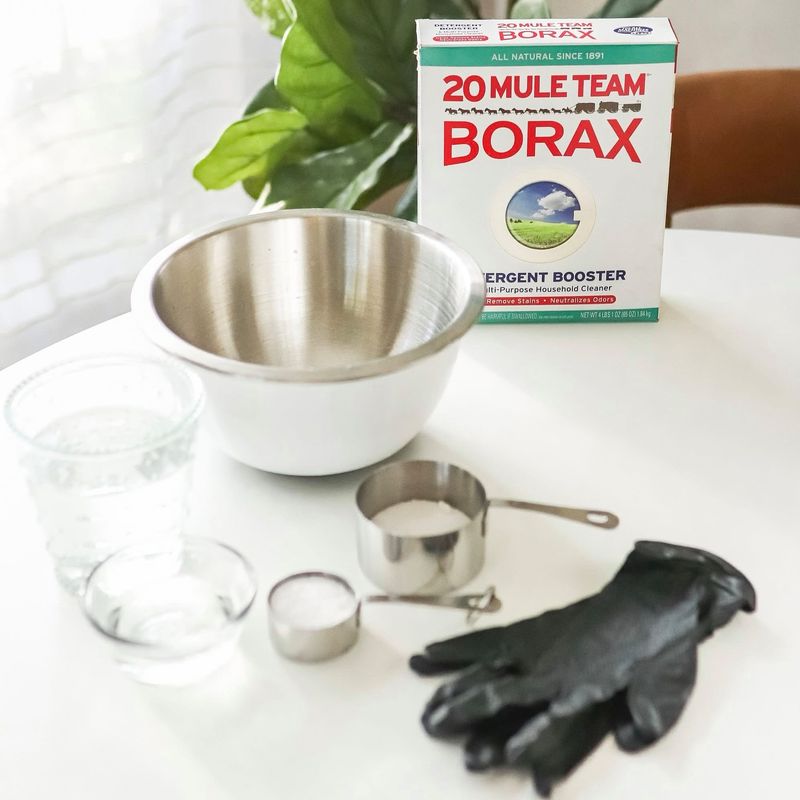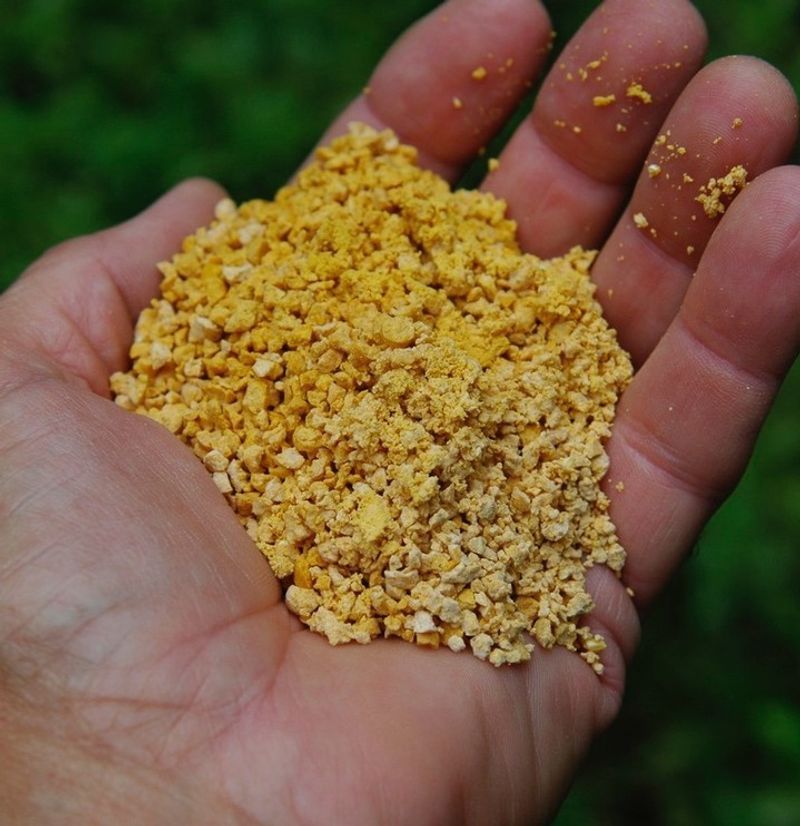Tired of ants turning your planters into their personal playground? You’re not alone—and you’re definitely not helpless. Gardeners are fighting back with a slippery little trick that’s as clever as it is natural.
From pantry staples to garden-safe hacks, here are 15 natural ant deterrents that actually work—and might just save your soil.
1. Talcum Powder: The Slippery Secret Weapon
Talcum powder creates an impassable barrier for ants because they simply can’t grip the slippery surface. Sprinkle a line of powder along entry points, windowsills, or any ant highways you’ve spotted around your home.
The fine particles cling to ants’ bodies, interfering with their ability to produce pheromone trails that guide other colony members. Unlike chemical deterrents, this powdery solution is non-toxic and safe to use around food prep areas.
2. Lemon Juice: Citrus Power Against Invaders
Ants absolutely hate the acidic nature of lemon juice. The strong citrus scent disrupts their scent trails and confuses their navigation system, making your home much less inviting.
Mix equal parts lemon juice and water in a spray bottle and apply to entry points, countertops, and other problem areas. Refresh your lemon spray every few days for maximum effectiveness. For an extra punch, leave some lemon peels in cabinets or near doorways.
3. Cinnamon: Spicy Barrier That Ants Avoid
Ground cinnamon acts as a natural ant repellent thanks to its potent aroma that overwhelms and confuses the tiny invaders. Sprinkle a line of cinnamon powder along doorways, windowsills, or any spots where ants tend to enter.
You can also make a stronger solution by mixing cinnamon essential oil with water in a spray bottle. Many homeowners love this method because it leaves your house smelling wonderful while keeping pests at bay. Bonus: cinnamon sticks placed in cabinets work well too!
4. Vinegar: Sour Solution for Sweet-Loving Pests
White vinegar packs a double punch against ant invasions. Its strong smell masks the scent trails ants leave behind, while its acidic properties naturally repel them.
Mix equal parts water and white vinegar in a spray bottle. Wipe down countertops, spray along baseboards, and mist entry points daily. The smell disappears quickly for humans but continues to discourage ants for hours.
For stubborn infestations, try undiluted vinegar directly on ant pathways.
5. Peppermint Essential Oil: Fragrant Ant Repellent
Peppermint oil delivers a one-two punch against ants with its pleasant aroma for humans and intolerable scent for these tiny invaders. The strong menthol component interferes with their ability to follow scent trails and communicate with other ants.
Add 15-20 drops of peppermint oil to a cup of water in a spray bottle. Apply the mixture around entry points, along windowsills, and in corners where ants gather. Cotton balls soaked in peppermint oil placed strategically around your home work wonders too!
6. Diatomaceous Earth: Microscopic Ant Eliminator
Food-grade diatomaceous earth works like microscopic razor blades against insects. The fine powder appears harmless to humans but contains tiny sharp edges that cut through ants’ exoskeletons, causing them to dehydrate and die.
Sprinkle a thin layer around entry points, along baseboards, or anywhere you’ve spotted ant activity. Make sure to use food-grade DE, not the kind used for swimming pools.
Reapply after cleaning or if the powder gets wet.
7. Cucumber Peels: Surprising Ant Deterrent
Cucumber peels contain compounds that ants find absolutely repulsive. The bitter chemicals in cucumber skin create an invisible barrier that most ants won’t cross.
Simply place fresh cucumber peels skin-side down in areas where ants frequently appear. Focus on entry points, windowsills, and near food storage areas. Replace the peels every few days as they dry out to maintain effectiveness.
Many gardeners also use this trick around plants that attract ants!
8. Coffee Grounds: Caffeine Kick for Ant Control
Used coffee grounds serve as an excellent ant deterrent thanks to their strong aroma that masks scent trails. Ants communicate by leaving chemical trails, and coffee grounds disrupt this essential navigation system.
Sprinkle used grounds around plants, along your home’s foundation, or directly on ant hills in your yard. The grounds also add nitrogen to your soil, making this a win-win for gardeners.
Just be sure to replace them every few days, especially after rain.
9. Chalk Lines: Simple Boundary Markers
Drawing lines with regular chalk creates barriers ants won’t cross. The calcium carbonate in chalk disrupts their scent trails and creates confusion among the colony.
Simply draw thick lines across entry points, around pet food dishes, or anywhere you’ve spotted ant activity. The chalk needs to be reapplied after cleaning or if it gets smudged.
Some homeowners prefer to crush the chalk into powder form and create a wider barrier for more stubborn infestations.
10. Cayenne Pepper: Spicy Ant Barrier
Cayenne pepper contains capsaicin, a compound that naturally repels ants and many other insects. The spicy particles irritate their feet and antennae, sending them scurrying in the opposite direction.
Sprinkle a generous line of cayenne pepper along entry points, windowsills, or any suspected ant pathways. For a stronger solution, mix cayenne with water in a spray bottle.
Just handle with care – the same properties that repel ants can irritate human skin and eyes too!
11. Bay Leaves: Aromatic Ant Defense
Bay leaves contain strong-smelling compounds that overwhelm ants’ sensitive smell receptors. The potent aroma masks their scent trails and disrupts their ability to communicate with other colony members.
Place whole bay leaves near entry points, in cabinets, or anywhere ants frequent. Crushing the leaves releases more of their natural oils, increasing effectiveness.
Unlike some harsher solutions, bay leaves add a pleasant, subtle fragrance to your home while keeping the tiny invaders at bay.
12. Borax and Sugar: Sweet Trap Solution
While not entirely natural, borax mixed with sugar creates an effective ant bait that eliminates entire colonies. The sugar attracts worker ants who carry the mixture back to feed the queen and others.
Mix one part borax with three parts sugar and add enough water to create a syrup. Place small amounts in bottle caps away from pets and children.
Worker ants will take this mixture back to the nest, sharing it with the colony and eventually eliminating the problem at its source.
13. Orange Peels: Citrus Defense System
Orange peels contain d-limonene, a natural compound that destroys the waxy coating on ants’ respiratory systems. This makes orange peels both a repellent and a natural insecticide.
Place fresh orange peels in areas where ants frequent, focusing on entry points and problem spots. You can also make a spray by simmering orange peels in water, then straining and cooling the liquid.
The pleasant citrus scent is a bonus for humans while being absolutely intolerable to ants!
14. Cornmeal: Deceptive Ant Eliminator
Cornmeal works as a delayed-action ant deterrent. Ants are attracted to it and will carry it back to their colony, but they cannot actually digest it.
Sprinkle small piles of cornmeal near ant trails or suspected entry points. The worker ants will transport it back to the nest as food. When colony members consume it, the cornmeal expands in their digestive systems.
This method takes patience but can effectively reduce ant populations without using any toxic chemicals.
15. Salt: Common Pantry Ant Deterrent
Regular table salt creates a simple yet effective barrier against ants. The tiny crystals irritate their exoskeletons and can be lethal if they carry it back to the colony.
Sprinkle a generous line of salt along doorways, windowsills, and other entry points. For extra effectiveness, mix salt with a few drops of essential oil like peppermint or lemon.
Salt works best in dry indoor areas since rain or humidity will dissolve it and eliminate its protective properties.


